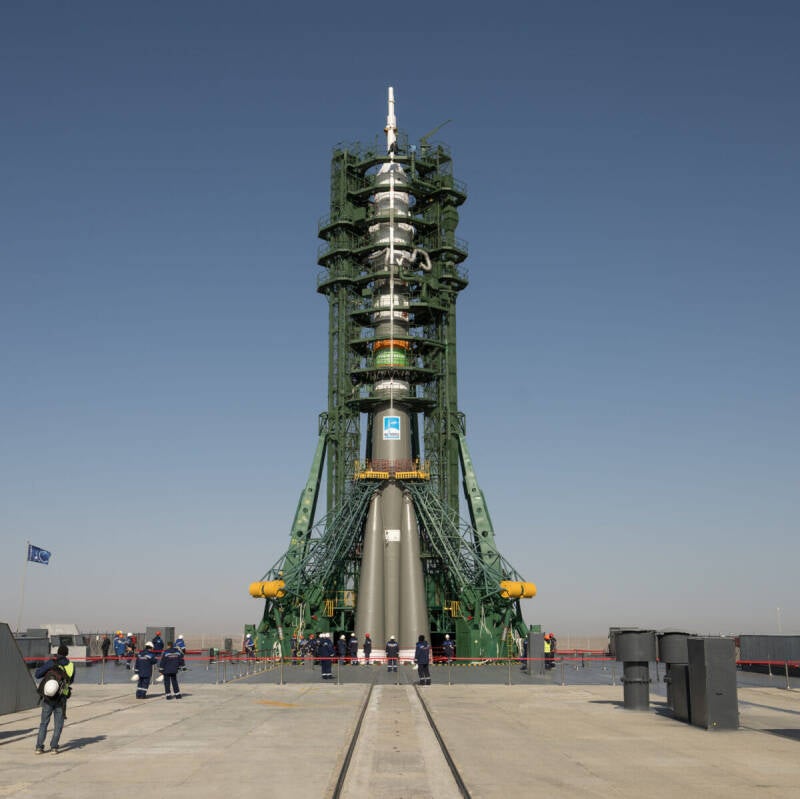
image credit SpaceX
SpaceX successfully launched its 30th Commercial Resupply Services mission (CRS-30) to the International Space Station (ISS) on March 21st, 2024. This mission, contracted by NASA, marks a significant achievement for SpaceX as it continues to support scientific research and supply missions to the orbiting laboratory.
The CRS-30 mission was launched from Launch Complex 40 at Cape Canaveral, utilizing the reliable SpaceX workhorse Falcon 9 rocket. The Cargo Dragon C209 spacecraft, making its journey to the ISS, is a testament to SpaceX's commitment to reusability and innovation. This mission is particularly notable as it is the first Dragon 2 launch from SLC-40, following the pad's reconfiguration and the addition of a new Crew Access Tower and Arm. The dragon capsule will dock autonomously to the zenith port of the ISS’ Harmony module on Saturday morning at roughly 7:30 a.m. ET (1130 UTC). NASA astronauts Loral O’Hara and Michael Barratt, will oversee the docking process from inside the ISS.
The Falcon 9 first stage booster supporting the CRS-30 mission, tail number B1080 in the SpaceX fleet, launched for a sixth time on this flight. It previously supported the Ax-2 and Ax-3 missions for Axiom Space as well as launching the European Space Agency’s (ESA) Euclid telescope and two Starlink satellite missions. As part of the Ax-2 mission, B1080 became the first booster to return for a land landing following a Crew Dragon launch. Similarly, about eight minutes after liftoff, B1080 touched down at Landing Zone 1 (LZ-1) at Cape Canaveral Space Force Station.
Aboard CRS-30 are several groundbreaking scientific investigations and technological demonstrations. These include tests of technologies to monitor sea ice, automate 3D mapping, and create nanoparticle solar cells. The Nanoracks-Killick-1 CubeSat, for instance, is set to measure sea ice using Global Navigation Satellite System Reflectometry (GNSS-R), which has potential applications in enhancing weather and climate models.
This mission also carries more than 6,000 pounds (2,700 kilograms) of crucial supplies and equipment for the international crew aboard the ISS. This includes food, experiments, and other necessities for Crew-8, which consists of three NASA astronauts and one Russian cosmonaut.
SOYUZ 2.1A SCRUB
On March 21, 2024, just 20 seconds before the scheduled liftoff, the mission was abruptly halted.
The Soyuz 2.1a rocket, poised to carry a crew of three to the International Space Station (ISS), stood on the pad at the Baikonur Cosmodrome. The crew comprised Russian cosmonaut Oleg Novitsky, American astronaut Tracy Dyson, and Belarusian spaceflight participant Marina Vasilevskaya. This mission, designated MS-25, was to mark the beginning of Expedition 71, a significant event for the international space community.
The countdown proceeded as usual until it reached the critical T-20 seconds mark. It was then that the launch sequence was unexpectedly aborted. The cause of the scrub, initially unspecified, left many questions unanswered. Speculations arose about potential issues with the ground systems supporting the rocket.
Despite the setback, the safety of the crew was never compromised. They remained secure within the Soyuz spacecraft, albeit facing a delay in their journey. The next launch window has been tentatively set for March 23, with the docking at the ISS rescheduled for March 25, should the mission proceed.
The crew's profiles add a human touch to the story. Novitsky, an experienced commander, was embarking on his fourth trip to the ISS. Dyson, a seasoned astronaut with a background in chemistry, was set for her third journey. Vasilevskaya, the first spaceflight participant from Belarus, was about to realize a historic moment.

image credit NASA
The Soyuz 2.1a scrub serves as a reminder of the inherent uncertainties of space travel. Despite decades of experience and technological advancements, the path to the stars remains fraught with challenges. Yet, it is the collective resolve to overcome these obstacles that propels humanity forward in its quest to explore the cosmos.
As the space community awaits further updates, the anticipation for the next launch attempt on 23rd of March remains high. The journey of the MS-25 crew is not just a mission to the ISS but a symbol of international cooperation and the enduring spirit of exploration.

image credit SpaceX






Add comment
Comments
love all what you all you have dun.